Remote Tower Technology (RTT): A New Era in Air Traffic Control Is Here Now!
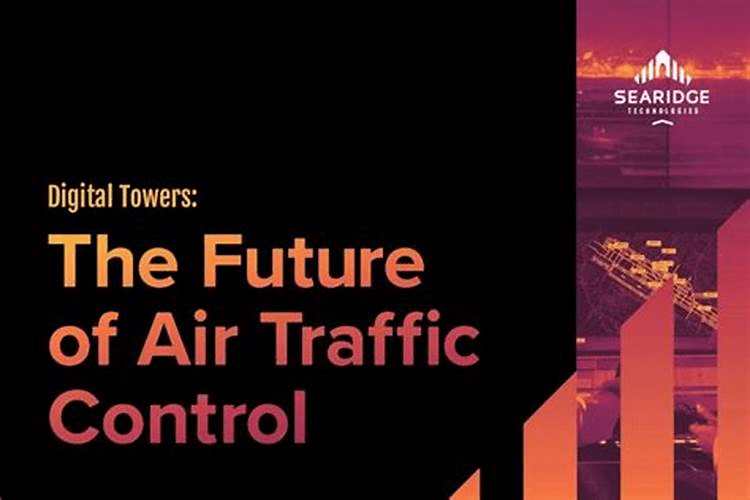
In recent years, the aviation industry has been transforming, with Remote Tower Technology (RTT) at the forefront of this change. RTT allows air traffic controllers to manage air traffic from a remote location, rather than being physically stationed in a traditional control tower.
This innovative system uses high-definition cameras, sensors, and other advanced technologies to provide real-time visual data of an airport’s airspace and runways. Remote Tower Technology is reshaping air traffic control by improving safety, reducing costs, and offering greater operational flexibility.
In this blog post, we will explore how RTT works, the benefits it brings to the aviation world, potential risks, and the future of this game-changing technology.
What is Remote Tower Technology (RTT)?
Remote Tower Technology is an advanced system that enables air traffic controllers to manage airports from a distant location via a network of high-definition cameras, sensors, and other technologies. The system captures live video feeds of the airfield and integrates them with radar data, weather monitoring systems, and flight information management systems. This allows air traffic controllers to maintain the same level of oversight as they would in a traditional control tower, but without needing to be physically present.
In a typical RTT setup:
- Cameras and Sensors: Multiple cameras—ranging from standard high-definition to infrared and even 3D radar systems—are strategically placed on the airport’s physical towers or other structures. These cameras transmit live footage to the remote control center, giving controllers a clear, real-time view of aircraft movements on the runways and taxiways.
- Data Integration: The video feeds are combined with radar data and other flight information, allowing controllers to get a comprehensive picture of the air traffic and environmental conditions at the airport.
- Remote Control Centers: Air traffic controllers do not need to be at the airport itself. Instead, they can work from centralized control hubs or even from anywhere in the world, depending on the system’s infrastructure.
How Remote Tower Technology is Changing the Aviation World
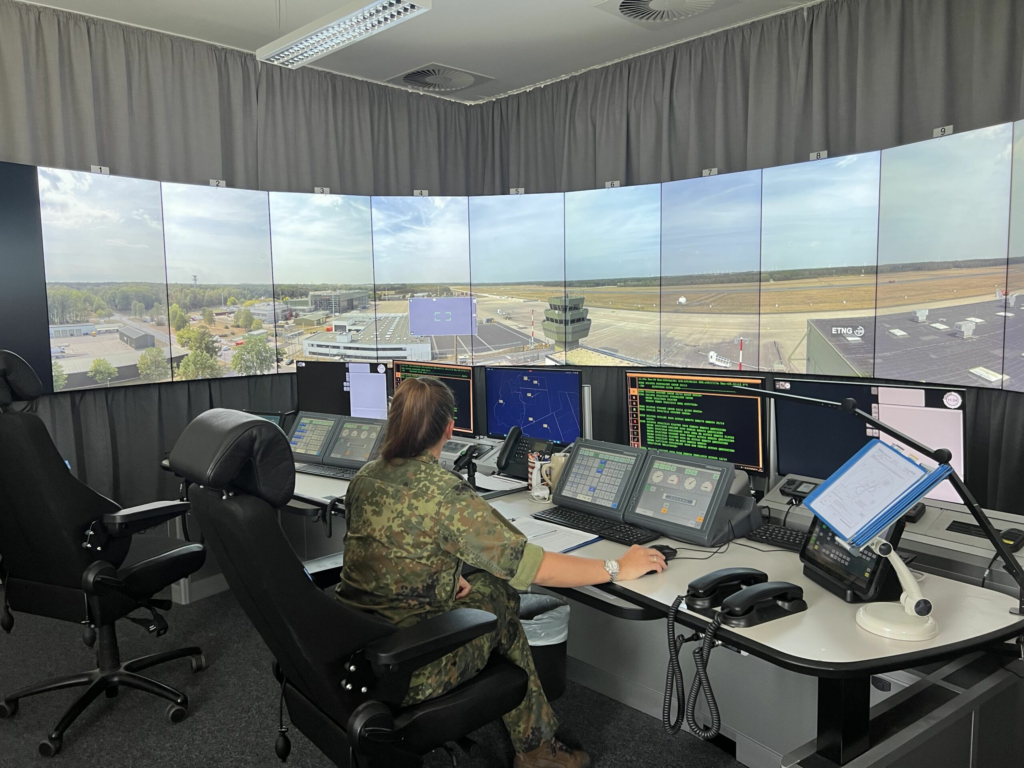
Remote Tower Technology is revolutionizing air traffic management in several ways, offering enhanced efficiency, cost-effectiveness, and operational flexibility. Here are some key ways RTT is transforming aviation:
1. Cost Efficiency:
Traditional air traffic control towers are expensive to build and maintain, particularly at smaller airports with less traffic. RTT allows airports to operate air traffic control functions remotely, reducing the need for on-site towers and the associated costs. This can result in significant savings for airports, especially those in remote or low-traffic regions.
2. Improved Safety and Situational Awareness:
The integration of high-definition cameras, infrared sensors, and other data sources enables controllers to monitor air traffic more effectively, even in poor weather conditions like fog or heavy rain. RTT systems can provide better situational awareness compared to traditional towers, where controllers are sometimes limited by visibility. Advanced systems can also detect potential conflicts and help guide controllers to resolve issues before they become safety concerns.
- Latest CPU’s Available Now – Amazon.com
- Get a NEW GPU Best Performance – AMAZON.com
- Upgrade RAM Here today – AMAZON.com
- Prebuilt PC Options – AMAZON.com
3. Operational Flexibility:
One of the most significant advantages of RTT is the ability to manage multiple airports remotely from a centralized control center. This means that staffing can be more flexible, with controllers potentially handling several smaller airports from a single location. The technology also allows for easier scaling of air traffic services, as additional airports can be integrated into the same control system.
4. Faster Response Time to Issues:

Remote tower systems allow for real-time data monitoring, meaning that controllers can respond to issues more quickly. Whether it’s a runway incursion, an aircraft emergency, or a system failure, RTT can help minimize delays and improve response times.
How Many Airports Around the World Are Using RTT?
As of now, RTT is still in its early stages of adoption, but the technology has been deployed at several airports, particularly in Europe and Asia. The first operational remote tower was installed in Östersund Airport in Sweden in 2015. Since then, RTT has been tested and implemented at a growing number of airports, including:
- Sweden: Östersund and other regional airports
- Germany: Stuttgart, Dortmund, and others
- UK: London City Airport (in pilot phase)
- Australia: Canberra and Perth airports
- Norway: Remote control systems are being tested and deployed at smaller airports.
In total, while only a few dozen airports globally are fully utilizing RTT, its implementation is expected to grow significantly as technology improves and more air traffic service providers and regulators embrace it.

Why Is RTT Being Used?
The primary reasons for adopting RTT are cost reduction, improved safety, and operational efficiency:
- Cost Reduction: Traditional control towers are expensive to build and maintain. RTT allows airports to manage air traffic without the need for large, expensive infrastructure.
- Safety: RTT provides enhanced visibility with high-definition cameras, which improves situational awareness, especially in adverse weather conditions.
- Efficiency: RTT systems can optimize air traffic management across multiple airports and regions, improving the coordination of flights and reducing delays.
- Flexibility: RTT systems allow for the remote management of airports, which can help resolve staffing shortages and provide a more resilient air traffic control system.
Is RTT Cheaper to Manage Than a Traditional Tower?
Yes, RTT is typically less expensive to manage than traditional control towers, especially at smaller or regional airports with lower traffic volumes. The costs of setting up a physical control tower can be substantial, with expenses related to construction, staffing, equipment, and maintenance. By using remote towers, airports can consolidate staffing and reduce infrastructure costs.
However, the initial setup cost for RTT can also be high, particularly for the cameras, sensors, and data integration systems. But in the long term, RTT can reduce operational costs by enabling remote management and reducing the need for large on-site facilities and personnel.
What Happens if the Data Link Fails or is Hacked?

While RTT offers many benefits, it also introduces potential risks, particularly related to cybersecurity and system reliability. Here’s what would happen in the event of a failure:
1. Data Link Failure:
If the communication link between the airport and the remote control center fails, the system has built-in redundancies. For example, many RTT systems are designed with backup communication channels, such as satellite links or backup servers, to ensure that control can be maintained if the primary data link is disrupted.
Additionally, in the event of a failure, local emergency procedures would be in place, and manual control would revert to on-site staff, if available.
2. Hacking and Cybersecurity:
The possibility of cyberattacks or hacking is a legitimate concern. RTT systems, like all digital infrastructure, need robust cybersecurity measures. This includes encryption, secure data transmission, and firewalls to protect against unauthorized access. Regulatory bodies, such as the European Union Aviation Safety Agency (EASA), have established stringent cybersecurity protocols to ensure the safety and reliability of air traffic control systems.
3. Incidents and Failures:
As of now, there have been no major accidents directly attributed to RTT failures. However, the technology is still evolving, and any incidents or failures would be closely investigated to determine the cause and implement corrective measures.
Has RTT Been Improved Since Its Inception?
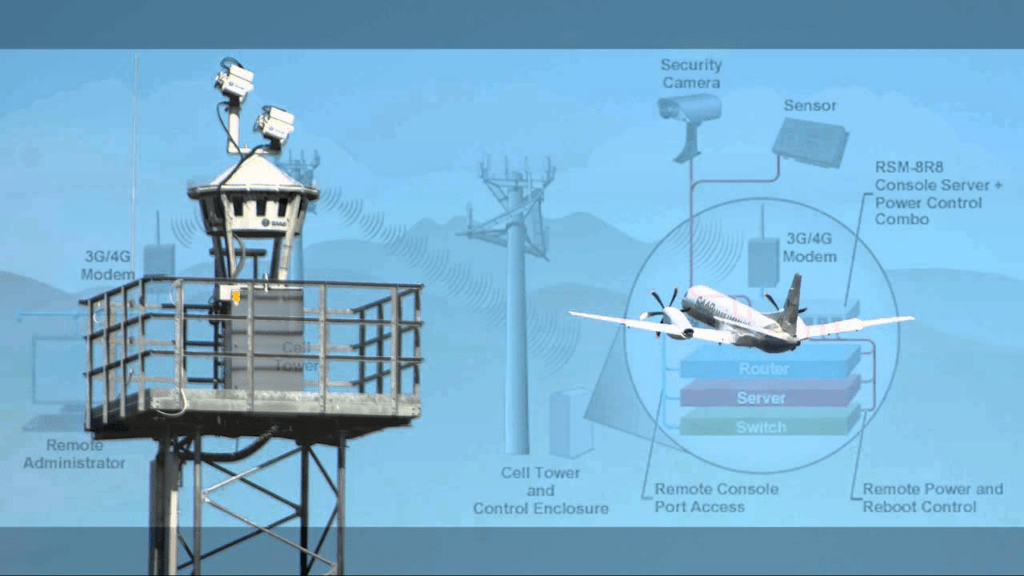
Yes, RTT has undergone significant improvements since its first deployment in Sweden. Early systems were basic, with limited integration and a smaller range of technologies. Over time, the systems have become more sophisticated, incorporating:
- Better Camera Technology: High-definition and infrared cameras have improved visibility, especially in low-visibility conditions like fog or heavy rain.
- Improved Sensor Integration: Radar systems, weather data, and flight management systems have been integrated into RTT platforms, providing controllers with more comprehensive situational awareness.
- AI and Automation: Some RTT systems now incorporate automated tools that help detect potential safety issues, such as runway incursions or aircraft conflicts, and alert controllers to take appropriate action.
Who Pioneered Remote Tower Technology?
The development of RTT can be credited to several entities, but Swedish air navigation service provider (ANSP) LFV is widely considered a pioneer in the field. LFV was the first to deploy RTT at Östersund Airport in 2015, making it the world’s first fully operational remote tower system.
Other key players in the development of RTT include Indra, a Spanish technology company, and Thales, a French aerospace and defense contractor, both of which have played significant roles in providing the technology behind RTT systems.
Does RTT Have Fail-Safe Systems?
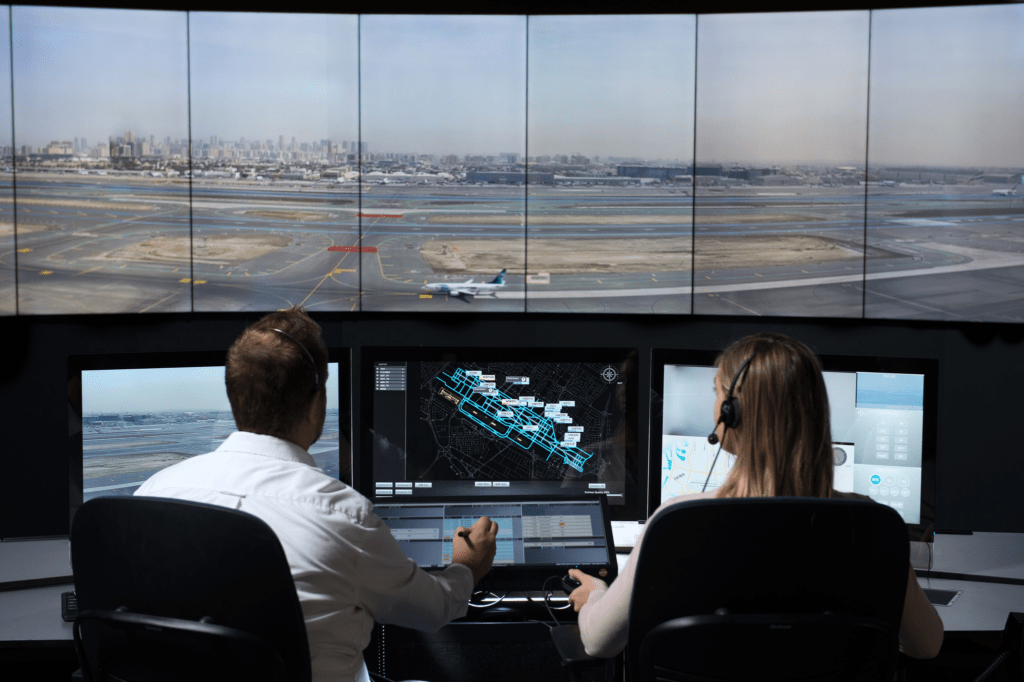
Yes, RTT systems are equipped with multiple fail-safes and redundancies to ensure they remain operational even in the event of a malfunction or failure. These include:
- Backup communication systems: Redundant data links, such as satellite connections, in case the primary communication line fails.
- Automatic failover systems: In the event of a camera or sensor failure, the system can automatically switch to backup equipment.
- Local control options: In the event of a total system failure, local staff can take over control, ensuring that air traffic is not left unmanaged.
How Does RTT Affect Pilots?
For pilots, the introduction of RTT doesn’t drastically change how they interact with air traffic control. They still communicate with air traffic controllers as usual, whether those controllers are physically present in a tower or working remotely. However, pilots may notice enhanced situational awareness, as RTT systems provide controllers with clearer views of the airfield, especially in poor weather conditions.
Pilots must also be aware of the potential for delays if a data link failure or other technical issues arise. Air traffic controllers are trained to handle such scenarios and ensure continued safety in all circumstances.
- Joystick / HOTAS – AMAZON.com
- Rudder Pedals – AMAZON.com
- Throttle Quadrant – AMAZON.com
- Gaming Chair – AMAZON.com
- VR Headset – AMAZON.com
Remote Tower Technology – Conclusion
Remote Tower Technology is a groundbreaking innovation in the aviation industry, offering many benefits such as reduced costs, improved safety, and enhanced operational efficiency. Although it is still in the early stages of adoption it shows great promise with many airports around the world looking at the technology.
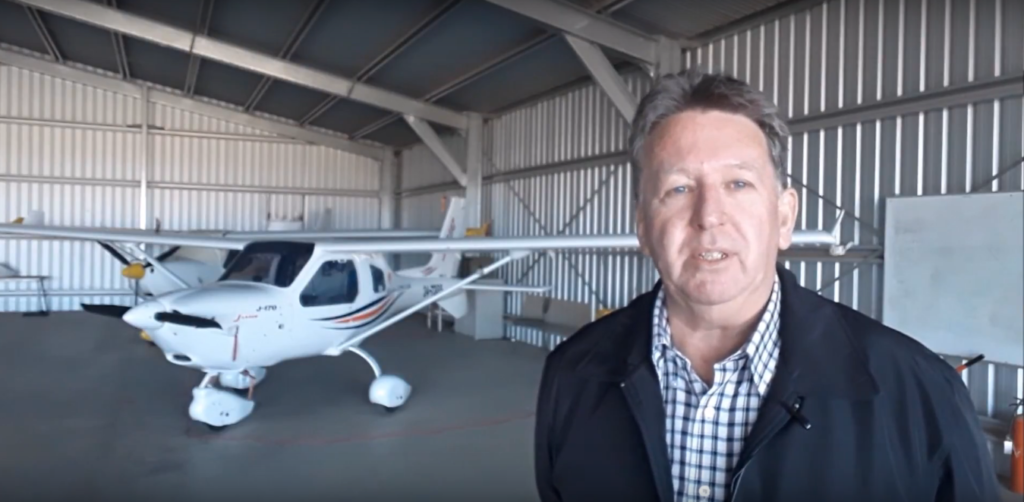
Author
Brendon McAliece (Aka Gunnie) is a military veteran with 23 years working on Jet Fighters, their weapons systems and ejection seat/module systems as well as munitions and R&D. Involved with flight simulation since the 1980s, he has flown all the major flight simulators over the years.
He is an Australian expat who has lived in Malaysia, UK, Saudi Arabia and more recently Thailand. He is a multi-lingual blogger who loves to share his life experiences here on LetsFlyVFR.com and DreamingGuitar.com, with his lifestyle and Travel experiences Blog plus his Dreaming Coffee website.
Learn More @ DreamingGuitar.com – DreamingCoffee.com – LetsFlyVFR.com
( HOME – BLOG – SHOP – ABOUT )
As an Amazon affiliate I may benefit from qualifying sales.
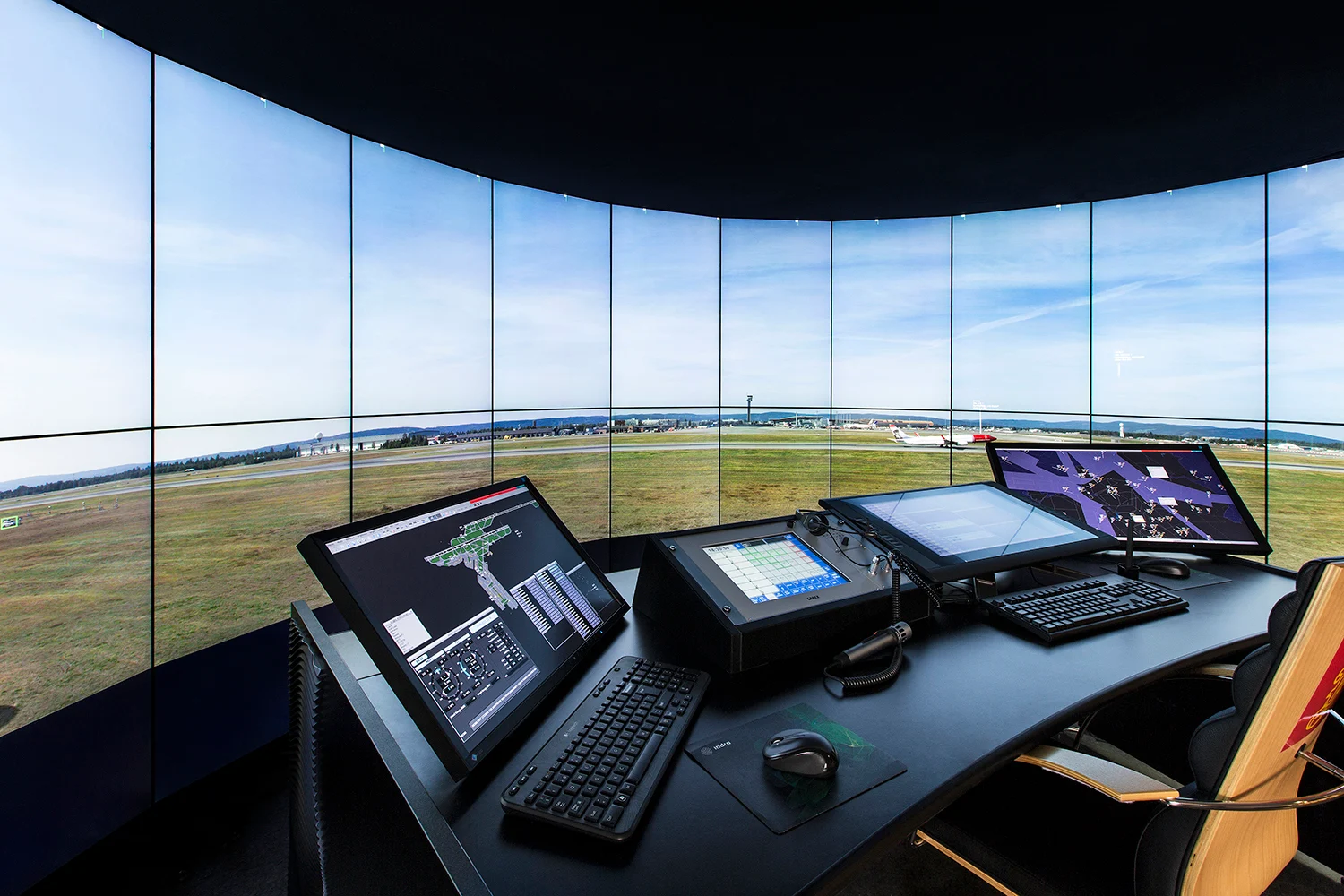
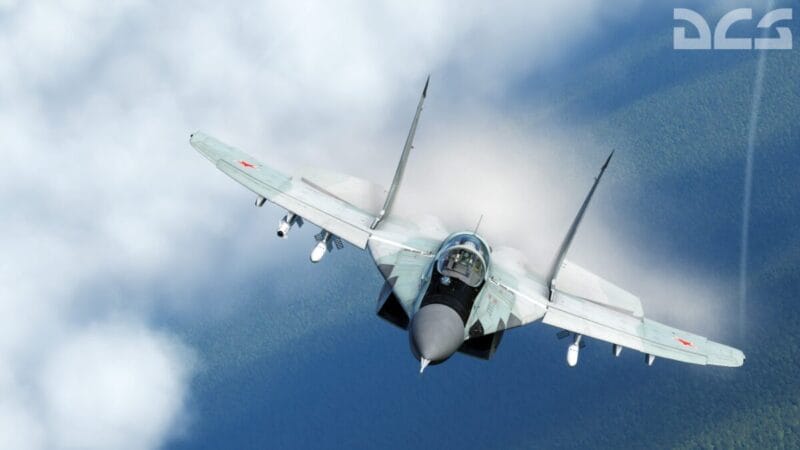
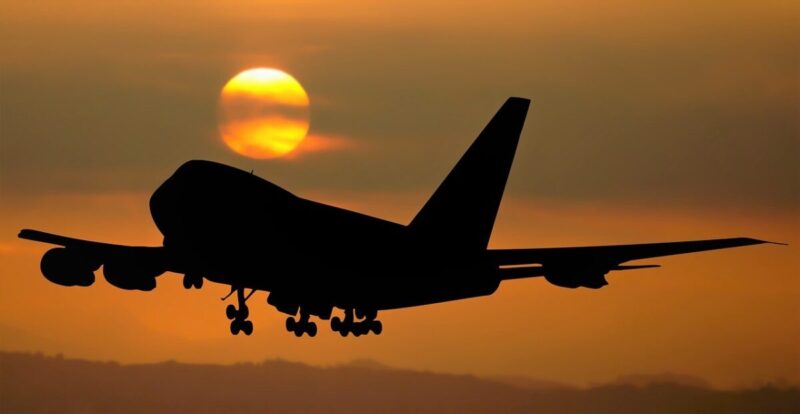


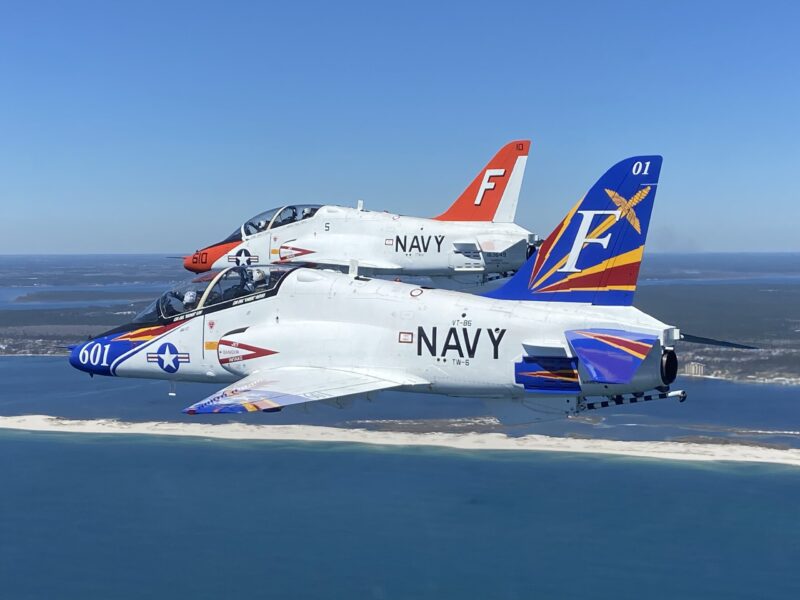




One response to “Remote Tower Technology (RTT): A New Era in Air Traffic Control Is Here Now!”